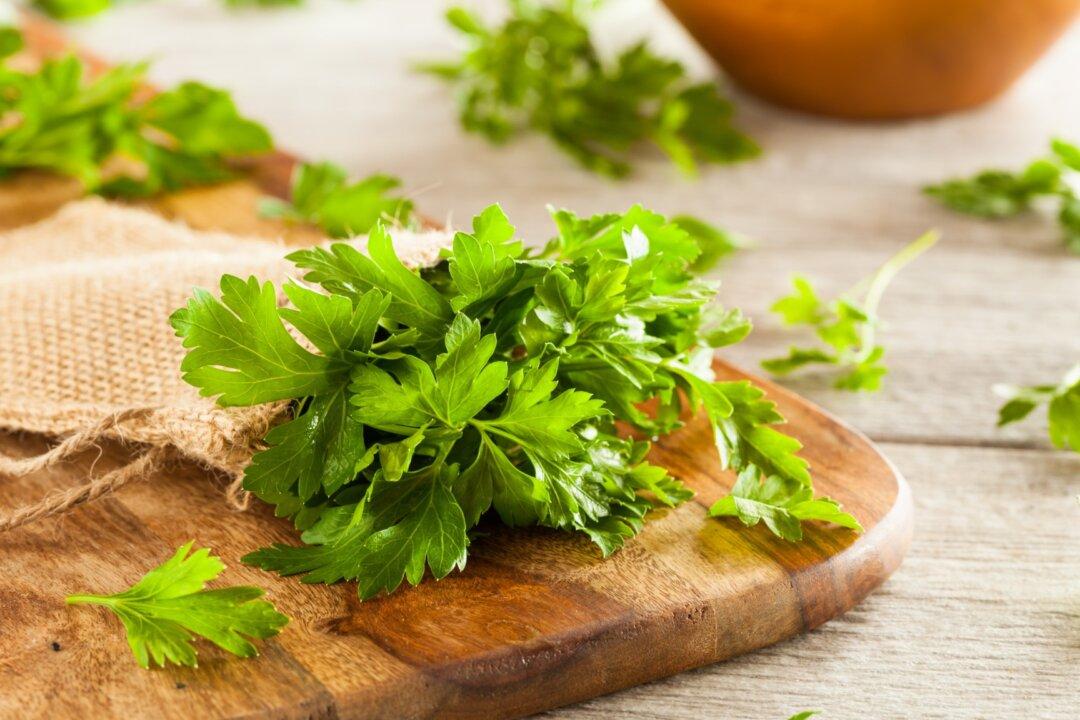Parsley is the unsung hero of the kitchen. Tasted on its own, it has a generic “herbal” flavor, but I have never been in a commercial kitchen that didn’t use it liberally in everything from stock to salads because of its magical ability to make anything it touches taste better.
There are a few dishes that feature parsley as the core element, such as tabbouleh, and many variations of parsley-based sauces. Brazil, Argentina, France, Italy, and Afghanistan all have their own versions of a parsley sauce that can turn a simple steak or pastry into a regional specialty. So it’s about time this hero got some praise.

